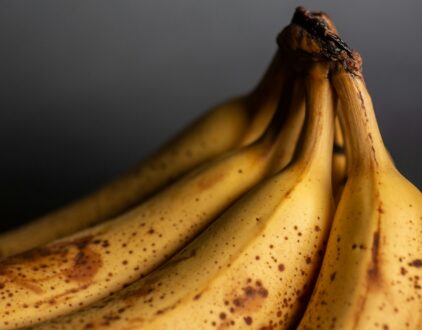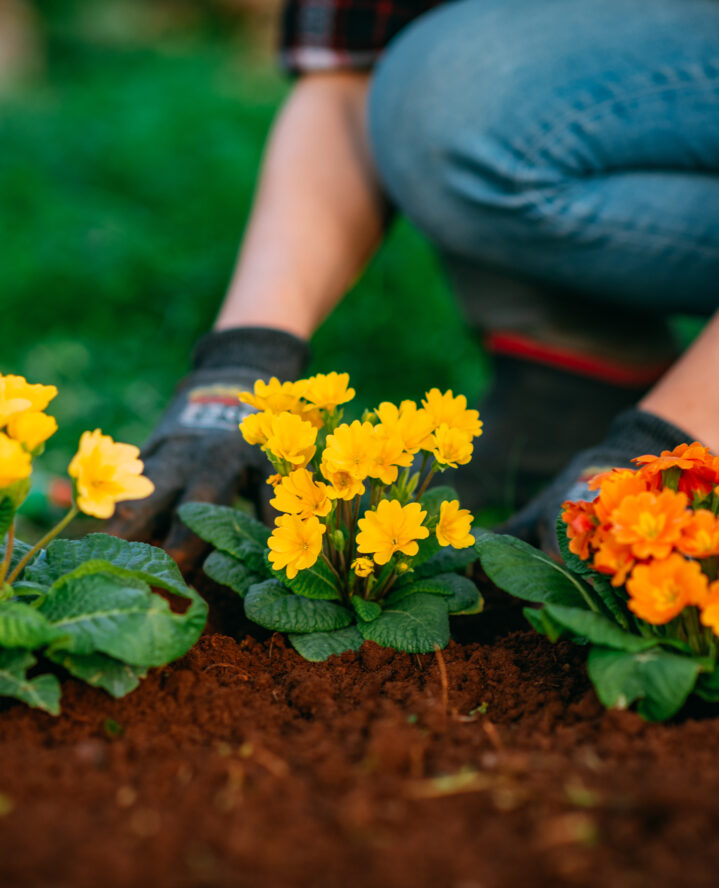Googling how to protect your garden in extreme heat? As temperatures soar and heatwaves become more frequent, our beloved plants tend to suffer. But don’t hang up your gardening gloves just yet! We’re here to help you navigate these scorching times and keep your garden thriving.
Gardeners, it’s time to face the heat – literally. In this guide, we’ll explore practical, effective strategies to shield your plants from the sun’s intense rays and maintain a healthy, vibrant garden even when the mercury rises to alarming levels. Whether you’re a seasoned gardener or just starting out, these tips will equip you with the knowledge to turn your garden into a resilient oasis.
So grab a cool drink, find a shady spot, and let’s dive into these heat-beating tactics. By the time we’re done, you’ll be ready to face the hottest days with confidence, knowing your garden is well-protected.
Ready to beat the heat and keep your garden neat? Let’s get started!
20 Ways To Nurture Your Garden Through Heat Waves

As temperatures soar, gardeners face the challenge of keeping their plants healthy and thriving. Extreme heat can quickly damage or even kill your carefully tended garden if proper precautions aren’t taken. If you thought your last bad hair day was a disaster, just wait till you see what this heatwave can do to your precious plants.
Understanding the science behind how extreme heat affects plants can inform better gardening practices. Most plants’ photosynthesis peaks around 25°C (77°F), with efficiency decreasing above this temperature. High temperatures can destroy enzymes crucial for plant metabolism and increase transpiration, potentially leading to dehydration. Daily checks during heatwaves are essential for early detection of these issues.
When gardening in extreme heat, it’s crucial to recognize the signs of heat stress in different types of plants. Leafy vegetables like lettuce and spinach may wilt, yellow, and develop curled leaves with a bitter taste. Tomatoes often experience flower drop, sunscald on fruits, and curled leaves, while their ripening process may halt. Peppers typically show blossom drop, sunscald, and stunted growth. Cucurbits such as cucumbers and squash tend to wilt even when the soil is moist, and male flowers may predominate.
Beans commonly suffer from flower and pod drop, resulting in tough pods. Corn exhibits leaf rolling, slowed growth, and poor pollination leading to incomplete kernel development. Fruit trees may show leaf scorch, fruit drop, and sunburn on the bark. Ornamentals often wilt, develop brown leaf edges, drop buds, and reduce flowering.
Here are 20 effective ways to protect your garden during heatwaves:
Water deeply and early: Give your plants a thorough watering in the early morning before the heat sets in. This allows roots to absorb moisture and prepare for the day ahead.
Mulch generously: Apply a thick layer of organic mulch around plants to retain moisture and keep soil temperatures cooler.
Provide shade: Use shade cloth or row covers to shield sensitive plants from intense sunlight.
Install misting systems: Set up misters to cool the air around your plants during the hottest parts of the day.
Use self-watering containers: For potted plants, consider using self-watering containers to maintain consistent moisture levels.
Create windbreaks: Set up temporary barriers to protect plants from hot, drying winds.
Avoid fertilizing: Hold off on fertilizing during extreme heat, as this can stress plants further.
Monitor soil moisture: Use a moisture meter to ensure your plants get enough water without overwatering.
Prune judiciously: Remove damaged or diseased foliage to help plants conserve energy.
Group plants strategically: Place plants with similar water needs together to optimize watering efficiency.
Use light-colored containers: For potted plants, choose light-colored pots that reflect heat rather than absorb it.
Apply foliar sprays: Use a fine mist of water on leaves during cooler parts of the day to reduce heat stress.
Harvest regularly: Pick ripe fruits and vegetables promptly to reduce the load on plants.
Avoid unnecessary foot traffic: Minimize walking in your garden to prevent soil compaction and damage to stressed plants.
Provide extra water for shallow-rooted plants: Plants like lettuces and herbs may need more frequent watering.
Use organic pest control: Heat-stressed plants are more susceptible to pests, so use natural methods to keep bugs at bay.
Create a humidity tray: For potted plants, place a tray of water and pebbles nearby to increase local humidity.
Avoid transplanting: Wait until cooler weather to move or transplant, as this process is stressful for plants.
Monitor for signs of heat stress: Look for wilting, curling leaves, or scorched foliage and address issues promptly.
Plan for the future: Consider planting heat-tolerant varieties and native plants that are better adapted to your local climate.
popular posts
Garden

Could Banana Water Be The Gardening Hack You've Been Needing?
by Leah Jones | February 8, 2024
FOLLOW ALONG ON INSTAGRAM
#homeandtexture
Find us on social for more home inspiration where culture, personal style, and sophisticated shopping intersect to help you create a home where you love to live.


